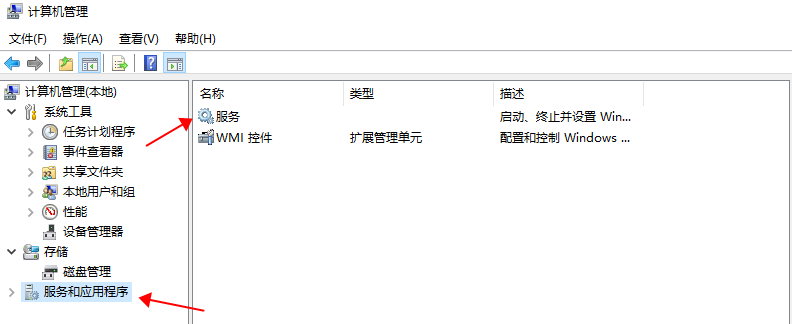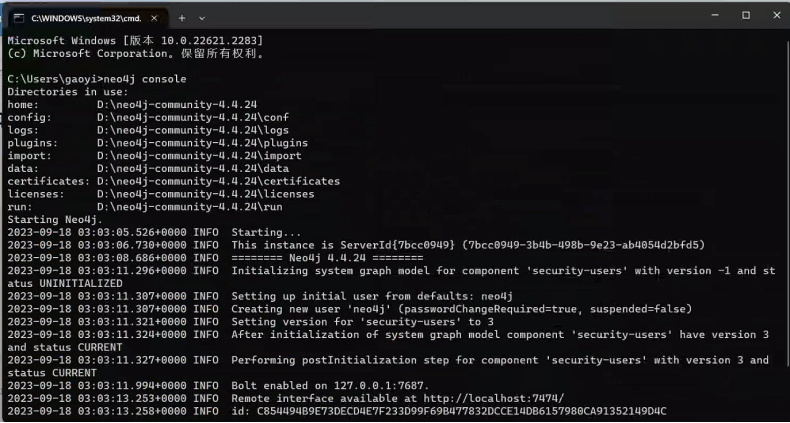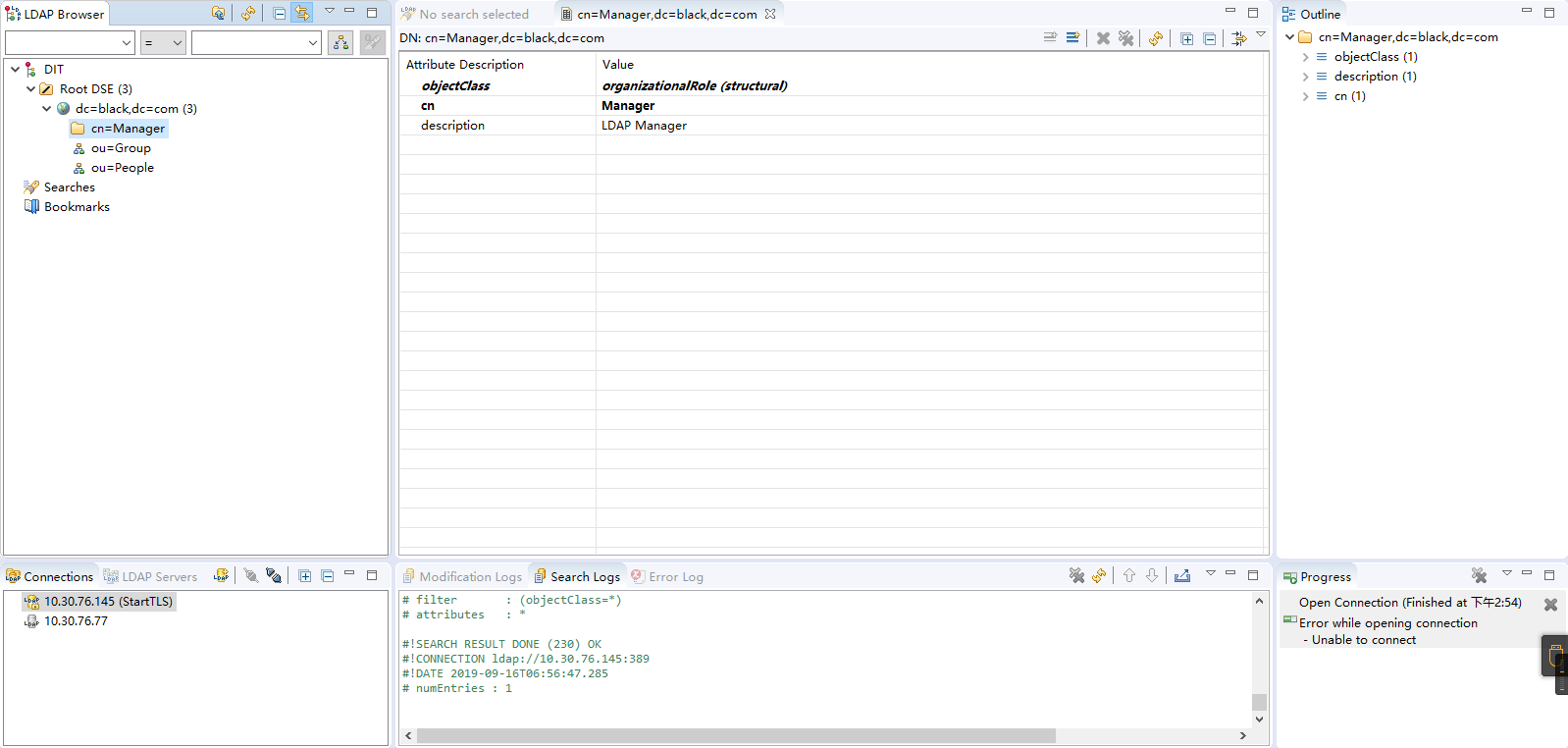Oracle 视图 V$ARCHIVE_DEST 官方解释,作用,如何使用详细说明
本站中文解释
V$ARCHIVE_DEST是Oracle数据库中的系统视图,用于查询数据库备份和归档日志存储策略的数据,便于检查和调整归档日志的存储机制。该视图把归档日志路径显示为在trace文件或控制文件中所示,以便检查它们是否由足够的磁盘空间支持,以及它们是否已改变。
V$ARCHIVE_DEST用于查询当前存储归档日志的位置,归档存储类型(也可以通过使用V$ARCHIVELOG来检查),以及V$ARCHIVE_DEST的状态。
V$ARCHIVE_DEST视图有如下列出的六个列:
DEST_ID:归档点的唯一标识
DESTINATION:归档点的描述性字符串
STATUS:该归档点的状态,其值可以是OPEN或DEFERRED
DELAYED_LOG_WRITES:记录剩余写容量(BLK 数量)
ARCHIVELOG_TYPE:存储归档日志的类型
DESTINATION_ORDER:定义归档文件生成的唯一顺序号
可通过以下语句查询V$ARCHIVE_DEST视图:
SELECT * FROM V$ARCHIVE_DEST;
官方英文解释
V$ARCHIVE_DEST displays, for the current instance, all of the destinations in the Data Guard configuration, including each destination’s current value, mode, and status.
| Column | Datatype | Description |
|---|---|---|
|
|
|
Log archive destination parameter identifier ( |
|
|
|
Log archive destination parameter name |
|
|
|
Identifies the current status of the destination:
|
|
|
|
Specifies how failure will affect the archival operation:
|
|
|
|
Identifies the scope of parameter setting:
|
|
|
|
For a primary database, this column specifies whether the archive destination is local or remote to the primary database:
For a standby database, this column specifies whether the archive destination is local or remote to the standby database:
|
|
|
|
Identifies the archiver process relative to the database where the query is issued:
|
|
|
|
Indicates whether the archival of this destination is |
|
|
|
Specifies the location where the archived redo logs are to be archived |
|
|
|
Identifies the sequence number of the last archived redo log to be archived |
|
|
|
Identifies the retry time (in seconds) after error |
|
|
|
Identifies the delay interval (in minutes) before the archived redo log is automatically applied to a standby database |
|
|
|
Number of seconds the log writer process will wait for status from the network server of a network operation issued by the log writer process |
|
|
|
Identifies the archiver process relative to the primary database, even if the query is issued on the standby database:
|
|
|
|
Indicates whether the archived redo log is registered in the remote destination control file ( |
|
|
|
Date and time of last error |
|
|
|
Sequence number of the archived redo log being archived when the last error occurred |
|
|
|
Block number of the archived redo log being archived when the last error occurred |
|
|
|
Current number of contiguous archival operation failures that have occurred for the destination |
|
|
|
Allows you to control the number of times log transport services will attempt to reestablish communication and resume archival operations with a failed destination |
|
|
|
Displays the error text |
|
|
|
Alternate destination, if any |
|
|
|
Reserved for future use |
|
|
|
Specifies the template to be used to derive the location to be recorded |
|
|
|
Destination quotas, expressed in bytes |
|
|
|
Size of all the archived redo logs currently residing on the specified destination |
|
|
|
Instance mount identifier |
|
|
|
Specifies network transmission mode:
|
|
|
|
Number of blocks specified for the |
|
|
|
Specifies disk I/O mode |
|
|
|
Indicates whether the archived log destination definition is |
|
|
|
Indicates whether the destination is valid right now for archival operations:
|
|
|
|
Redo log type or types that are valid for the destination:
|
|
|
|
Database role or roles that are valid for the destination:
|
|
|
|
Unique database name |
|
|
|
Indicates whether the value of the |
|
|
|
Indicates whether network compression is
ENABLED or DISABLED, or whether the ZLIB or LZO algorithm is in use. These values correspond to the values accepted by the COMPRESSION attribute for the database initialization parameter LOG_ARCHIVE_DEST_n. The possible values include:
|
|
|
|
For a destination that corresponds to a physical or logical standby database, the SCN of the last applied redo. For a destination that corresponds to a snapshot standby database, the SCN of the last redo applied before conversion to a snapshot standby database. This column is only valid for enabled and active standby database destinations on a primary or cascading standby database. |
|
|
|
The ID of the container to which the data pertains. Possible values include:
|
|
|
|
Indicates whether encryption of the redo stream sent to Zero Data Loss Recovery Appliance (Recovery Appliance) is enabled ( |
See Also:
-
Zero Data Loss Recovery
Appliance Administrator’s Guide for introductory information about Recovery Appliance -
“LOG_ARCHIVE_DEST” and “LOG_ARCHIVE_DEST_n”
-
“LOG_ARCHIVE_DUPLEX_DEST” and “LOG_ARCHIVE_DEST_STATE_n”
-
“LOG_ARCHIVE_MIN_SUCCEED_DEST”






